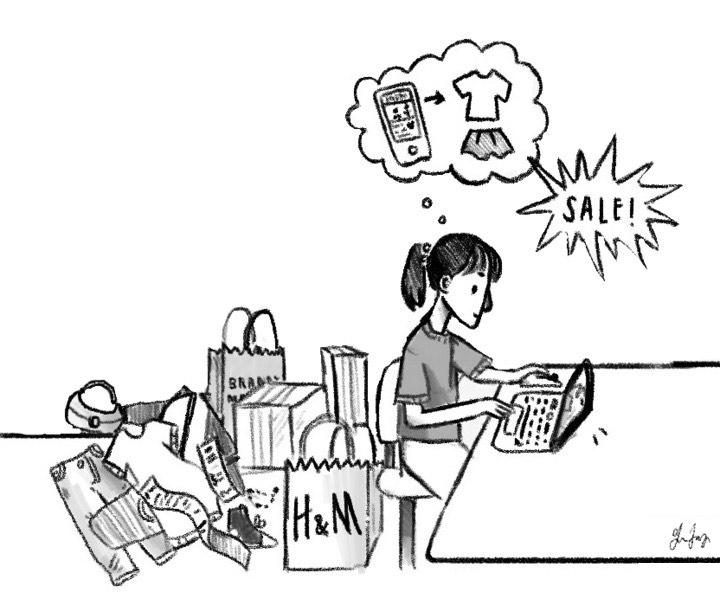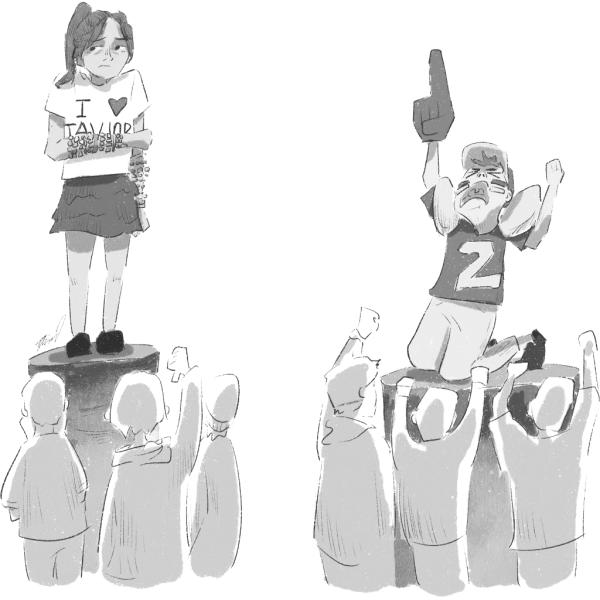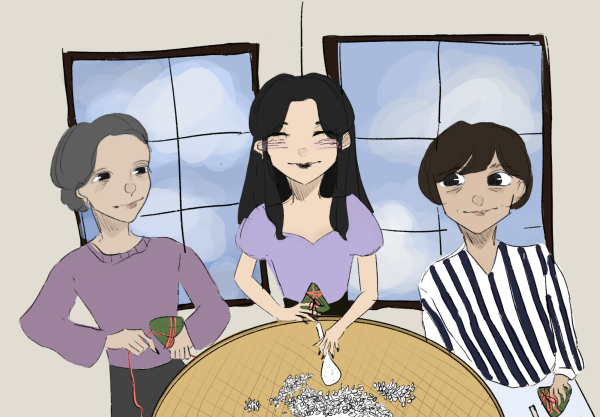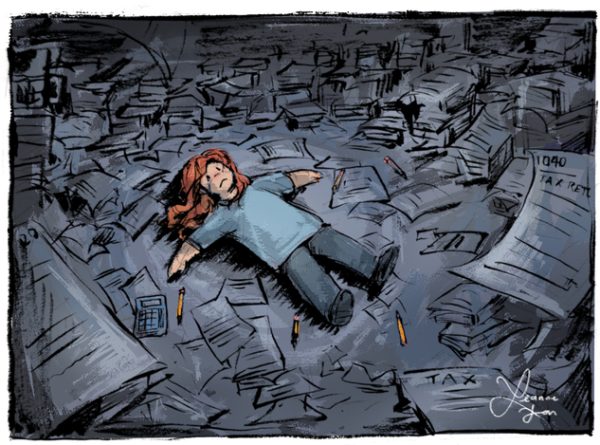Opinion: Fast Fashion is out of style
June 14, 2021

My first analysis of my clothing habits happened in Spanish 3-4. Built into our curriculum, there was a concept called fast fashion, which is a relatively new strategy of mass production. Essentially, the fast-fashion industry takes inspiration from, and in many cases, steals designs from both high-end runway shows and smaller businesses then attempts to duplicate them at the lowest possible cost.
Although it sounds appealing to those who don’t want to spend thousands of dollars on a single item of trendy clothing, this business model, combined with the new age of social media and technology, has aided in the rapid change of trends. Nowadays, trends appear and fade faster than ever, which has introduced the younger generations with a new dilemma. While becoming more climate conscious, young fashionistas are being presented with enticing, exceptionally low prices that will provide them with the materials they need to follow the current trends. Finding a balance between products of fast fashion and sustainable alternatives will increase the use you get out of clothes and help to maintain the climate crisis we face today.
ReLondon was established in 2007 to reduce waste and resource management in London to accelerate their transition to a “low carbon circular city.” According to a written report by ReLondon, the faster turnaround time of fashion trends has implored manufacturers to start producing lower quality products that are not made to last a long time. Although this reduces the costs of garments, it forces consumers to buy more clothes to replace the worn-out ones.
McKinsey Sustainability is an organization that focuses on transitioning their clients into a more sustainable business model. An article published on their website presents data showing that “the average person now buys 60 percent more items of clothing every year and keeps them for about half as long as 15 years ago.” Apps like TikTok and Pinterest have become a platform for introducing impressionable youth to new fashion trends and aesthetics at a faster pace than ever, but with this rapid introduction also comes rapid waning of those same trends. I remember not being able to scroll through my “For You page” on TikTok earlier this year without seeing tennis skirts or sweater vests, but now I am flooded with outfits featuring cut off jeans or long, flowing skirts. With different clothes or aesthetics getting popular overnight to just be forgotten about in as little as a week, it leaves teens in a constant cycle of buying and disposing of clothes just to keep up-to-date on fashion trends.
As a result of an increase in clothing production, waste products such as fumes and plastics have dangerously increased. ReLondon’s report details that in the UK, clothing production has caused a carbon footprint of 26.2 million tons of CO2 and approximately 30% of unwanted clothes end up in a landfill. Most people don’t realize the amount of clothing that ends up being thrown out that isn’t biodegradable. Slowing down the closet-to-landfill process with buffers such as donation centers or upcycling techniques are important in keeping the landfills at a manageable level.
ReLondon’s report suggests educating consumers on the impacts of their consumption habits and how they can acquire circular habits they explain as “wear for longer, reuse, donate.”
This style of consumption is one I have been trying to adopt in recent months. I have spent time, a lot of time, unfortunately, scrolling through apps like Pinterest and TikTok discovering new styles and trying to apply them to my own wardrobe. The first thing I did was clear out clothes I have not worn in months. Then, I exhausted my donation options. With no younger sister, I went directly to my elementary and middle school cousins. If they didn’t claim my clothes, I moved on to family friends until my only option left was a donation center. While donating some clothes, I also use these centers to buy clothes for myself.
Another method I have been using to limit the amount of clothes in my closet as I prepare to move out for college in a little over a year is called the “one in, one out method” where you replace an older item of clothing with a similar one that you would be more inclined to wear. For example, I recently purchased a durable corduroy jacket which, admittedly, put a dent in my wallet. Once I got home I pulled out an old nylon jacket I got in middle school that I never see myself wearing again, and I donated it. This method of buying and replacing comes in handy when trying to recycle old clothes while also building up a wardrobe that fits your style.
While simply buying clothes from second-hand stores helps to recycle and conserve clothing, it is crucial to understand some people’s dependence on these options. For this reason, it is important to be aware of the amount of clothing that you take out of the cycle. It’s enticing to buy clothes on websites such as Shein to save a couple of bucks, but with the climate rapidly deteriorating and products of fast fashion not helping to slow down the changes, finding alternatives to these sites is vital.
I am not suggesting a boycott of these sites, but we can become conscious of our habits and find a balance in purchases from the fast fashion industry and the second-hand industry. Low prices of fast fashion corporations may be alluring but alternatives to these big names will help lower waste from worn-out clothes and their production process.







